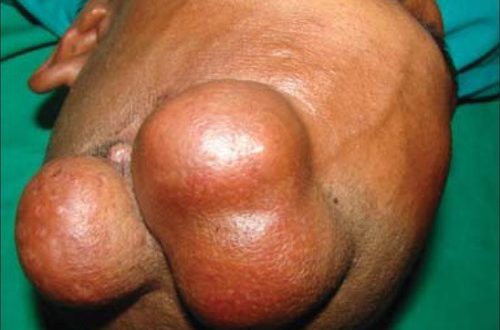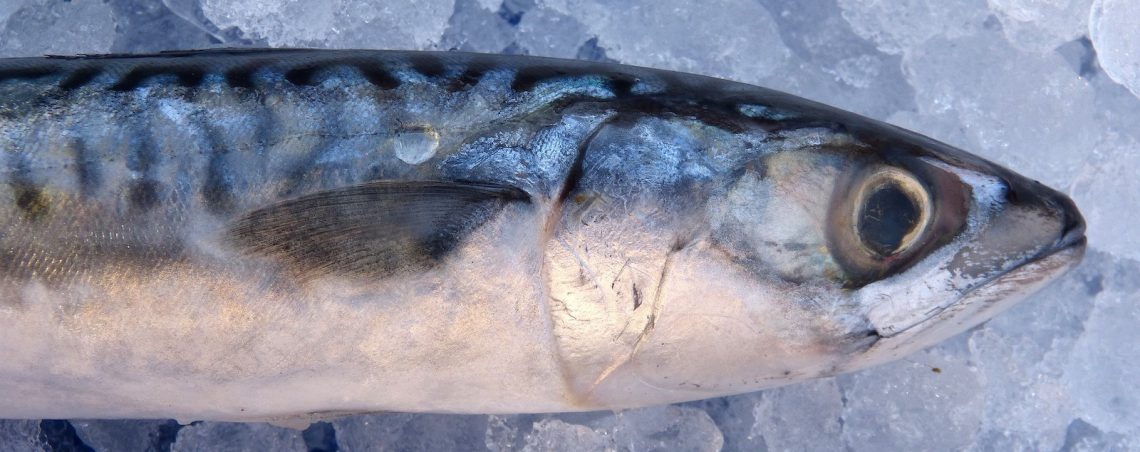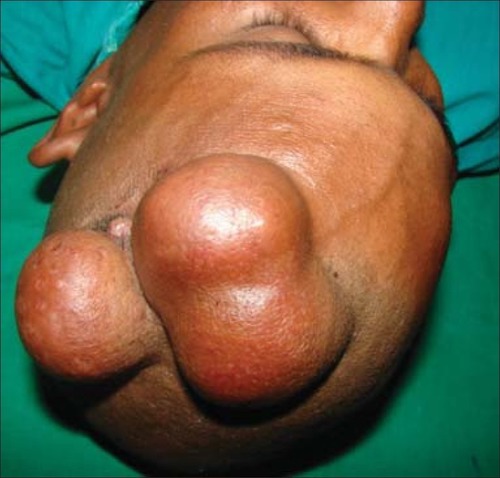-
Hot Tub Folliculitis
This an infection of the hair follicles caused by Pseudomonas aeruginosa. There is often a history of emersion in hot tubs, whirlpools or other sources of contaminated water. The rash that occurs is often worse if the skin is occluded by a bathing suit. The rash can present anywhere from a few hours to days after exposure, and consists of itchy red bumps and may progress to tender nodules filled with pus. Hot tub folliculitis is self-resolving within 5 to 10 days but may leave a reddish-brown or hyperpigmented area that can take a few months to disappear. To help with the rash, white vinegar can be applied for 20…
-
Achalasia
-
Scombroid fish poisoning
Scombroid poisoning or scombroid fish poisoning occurs after consuming fish that contain high levels of histamine. This is often seen when eating fish that has not been properly stored or refrigerated. The amino acid histidine in the fish is converted to histamine by bacterial enzymes as the fish decomposes. High levels of histamine, even toxic levels, can be present in decomposing fish even before there is a noticeable smell or taste. The reaction is similar to an allergic reaction and occurs during , immediately after eating or a few hours later. Symptoms include vomiting, diarrhea and hives. Other symptoms include: flushing of the skin, itchiness, palpitations, rash, tingling, stomach pain,…
-
Rubella
Rubella, also known as the German measles, is a viral infection characterized by an erythematous maculopapular or morbilliform rash that typically begins on the face and head and generalizes over 24 hours i.e. it spreads downwards towards the trunk and limbs. It is often called the 3 day measles because the rash lasts about 3 days. The rash may be itchy and is accompanied by a low fever and enlargement of lymph nodes in the post-auricular, sub-occipital, and posterior cervical regions (behind the ears, head, and neck). In children, the rash is often the first sign, whereas in adults, the lymphadenopathy and other non-specific symptoms (headache, malaise, cough, conjunctivitis) may…
-
Cylindroma
Cylindromas are smooth, round benign tumors of eccrine sweat glands that are most often found on the scalp. They often occur in clusters and may be compared to a bunch of grapes. In rare cases, the tumors coalesce and form one large tumor that covers the entire scalp. This is called a “turban tumor.” Hereditary cylindromas are often multiple and are inherited in an autosomal dominant manner. Sample Cases A 45 year old man presents with two small, round, 1 cm masses on his scalp. They have grown larger over the last 6 months. On exam, the masses are solid and move under the skin of the scalp. The overlying…
-
Renal Formulas
Name Formula Notes Fractional excretion of sodium (FENa) (urine sodium x serum creatinine) / (serum sodium x urine creatinine) <1% suggests pre-renal and other causes. Useful in assessing oliguria or acute kidney injury Fractional excretion of urea (FEUrea) (urine urea x serum creatinine) / (serum urea x urine creatinine) <35% suggests pre-renal and other causes. Useful in assessing hyponatremia Urine Anion Gap sodium + potassium – chloride Useful in assessing a normal anion gap metabolic acidosis. A + UAG suggests renal cause of acidosis Transtubular potassium gradient (TTKG) (urine potassium x serum osmolality) / (serum potassium x urine osmolality) A high TTKG suggests renal potassium loss. Useful in assessing hypokalemia.…
-
Head and neck squamous cell carcinoma (HNSCC)
A middle aged woman with chronic sore throat, worse with swallowing especially solids, and bad breath comes to the clinic. On exam, there is an enlarged firm right tonsil with a 2 cm ulceration. Also, 2 enlarged firm, fixed, nontender lymph nodes in the right side of her neck. What is the most likely diagnosis, the most likely underlying etiology, and the next step in management? She most likely has head & neck squamous cell carcinoma due to HPV and the next steps involve getting a biopsy, HPV status, CT scan and endoscpy. An elderly patient with long history of heavy smoking has chronic sore throat that doesn’t get better…








